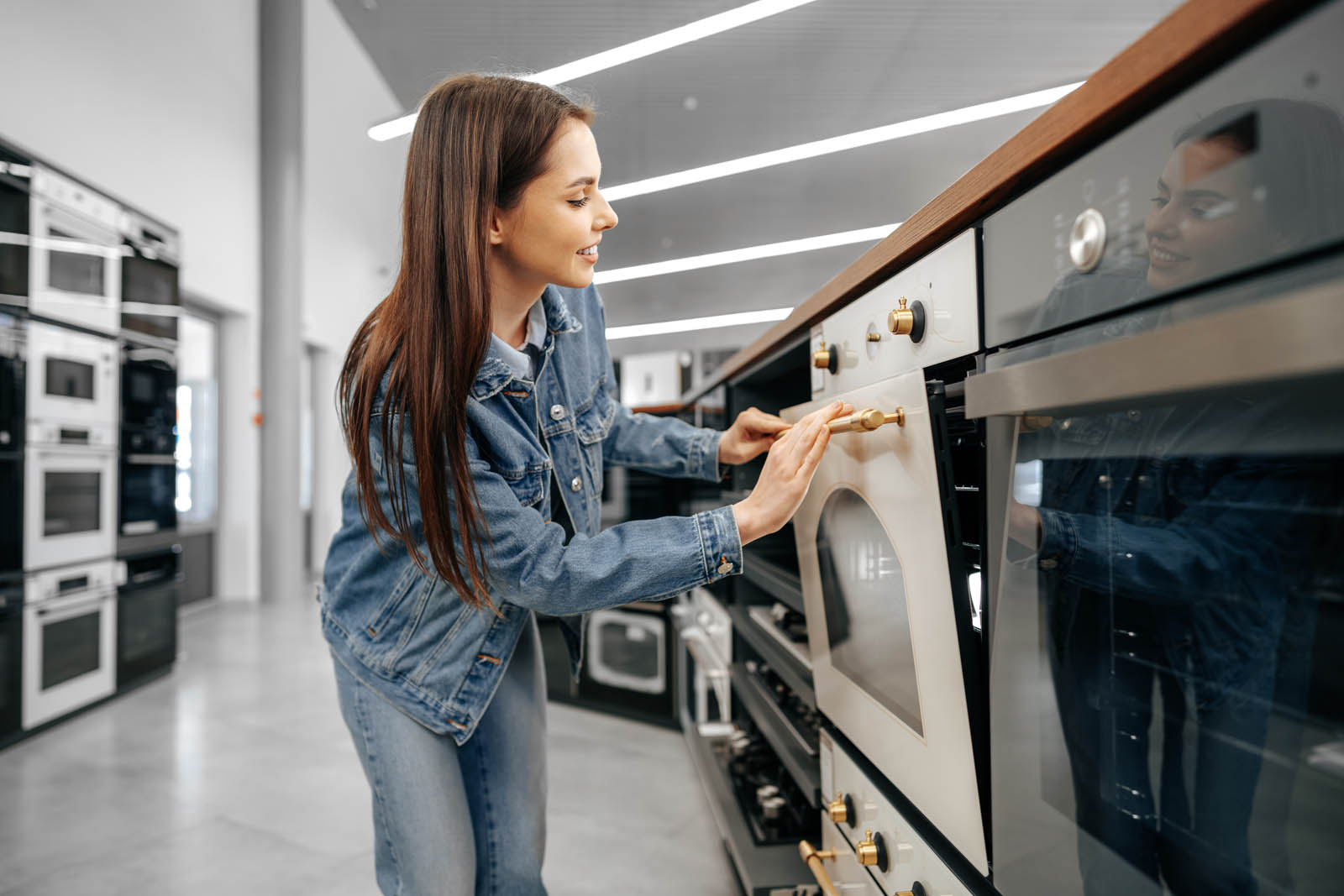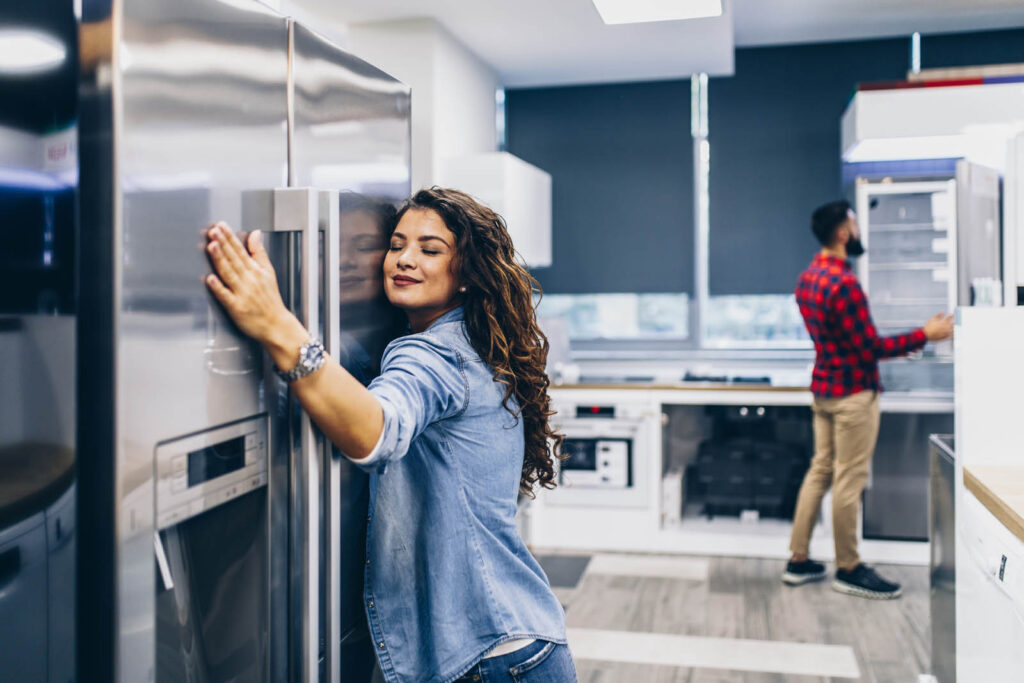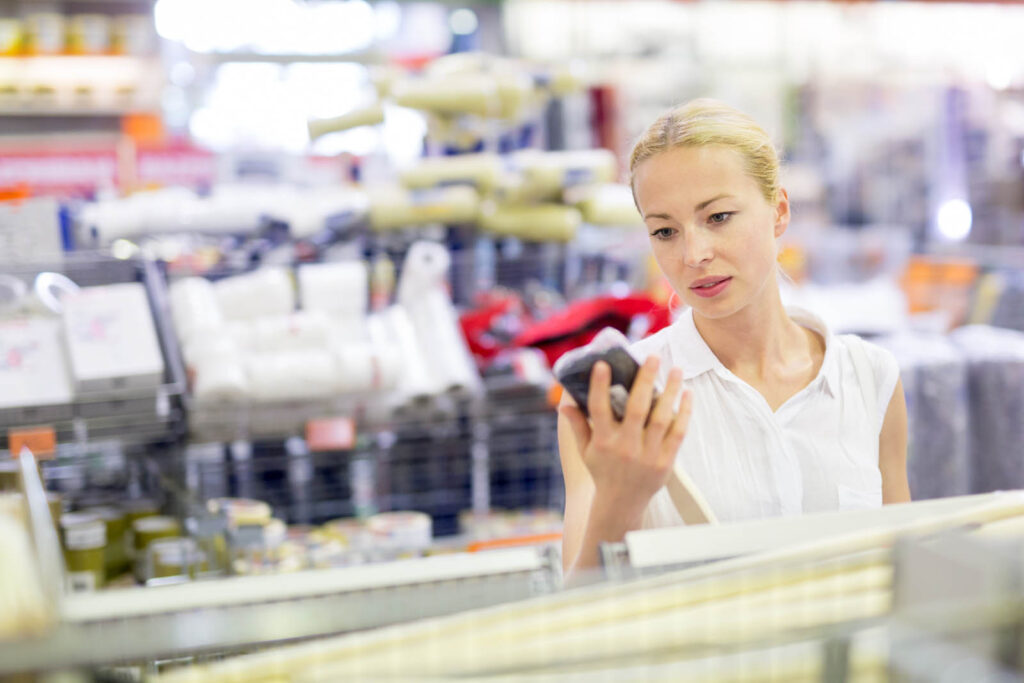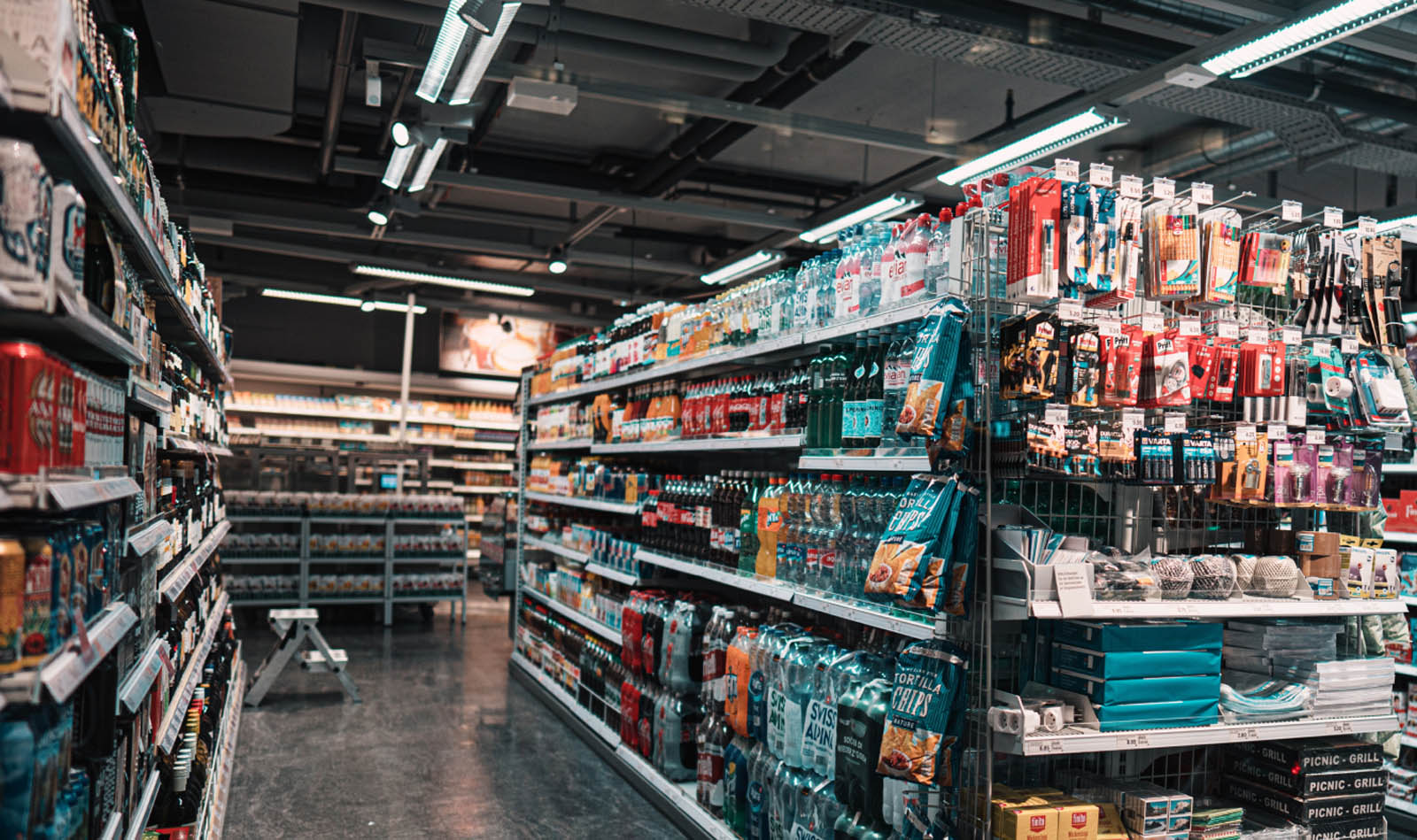
Case Study
Shop-Alongs Carry On Remotely During COVID-19 for a Consumer Durable Manufacturer
overview
The pandemic affected all industries, including market research. For example, how do you safely conduct qualitative shop-alongs (where a moderator joins a consumer participant in-store to see first-hand how they shop) during a pandemic?
Our client, a consumer durables manufacturer, had a special in-store display in select stores of a national home improvement chain. The client team wanted to learn whether the display reflected the intended product benefits and made it easy for consumers to shop the brand. They also wanted to identify opportunities for improvement.
Because the displays were located in specific stores, shop-alongs were critical. C+R did a quick pivot to get the client team the shop-along data they needed while keeping everyone safe.
THE PROBLEM
How To Safely Conduct a Shop-Along in the Midst of a Pandemic
A consumer durables manufacturer wanted to improve an in-store display at select stores of a national home improvement chain. To do so, they first needed to understand what consumers thought of the display and how the display was impacting sales. The client had an upcoming meeting scheduled with their retail partner and hoped to share research-informed ideas for improving the display.
Because the client needed to understand how consumers interacted with the in-store display, shop-alongs were the best methodology. However, due to COVID-19, in-person research was impossible; so, C+R pivoted to a fully remote approach, wherein the moderator observed and interacted with the shopper remotely as client team members followed along from the safety and comfort of home.

OUR APPROACH
Sometimes Virtual Is Just as Good or Better
C+R created a two-phase research plan to help the client connect with consumers and obtain feedback on the in-store display.
For both phases, we recruited 20 consumers, 7 of whom were recent purchasers of our client’s brand, and 13 who intended to buy within the overall category in the next 12 months. Both men and women were recruited; all earned $75,000 or more and were responsible for purchasing the product category for their homes.
Prior to each interview, participants completed an asynchronous homework assignment. Using an online discussion board platform, participants shared pictures of their homes including space set aside for the product. The images provided researchers with a contextual understanding of consumers’ shopping needs. Consumers also detailed their research and shopping process, sharing screenshots and explaining the role of in-store vs. online research within this product category.
In the next phase, consumers used the same platform to participate in one-on-one remote shop-along interviews. After a brief warm-up, each consumer entered the store and used the camera on their phone to broadcast the aisles to the moderator and client observers. The moderator was able to probe on the store’s particular display and set-up, identifying consumers’ perspectives on the client’s display, as well as competitors’ displays. The client team watched the interviews in real-time while occasionally passing questions to the moderator via the virtual backroom. To comply with current pandemic safety precautions, all consumers wore masks in-store. After each interview, the moderator and client debriefed, sharing “ahas” and refining takeaways.

The result
Optimizing In-Store Displays With Consumer Feedback
The combination of our online platform and consumers’ smartphones enabled the team to gather shopper insights from across the U.S. The virtual design kept everyone safe, while allowing even more members of the client team to observe the interviews in real time.
C+R’s research generated an actionable understanding of shoppers’ goals and requirements for the in-store display. The client used this information to present revised plans to their retail partner and ultimately optimize the display to better facilitate the shopping process.


proven experience
related case studies
